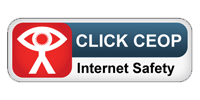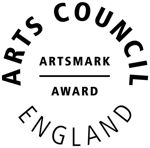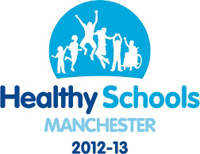Computing

How we Teach Computing
At Crosslee Community Primary School, Computing is taught using the National Computing Centre of Excellence (NCCE) scheme. In Early Years, children have daily access to computing equipment in their continuous provision. These skills are then built upon during their time at Crosslee where children are taught Computing through three main strands of learning: Computer Science, Information Technology, and Digital Literacy. Together these strands teach children how computers and computer systems work, how to design, build and analyse programs, and how to find and manage digital information securely.

The NCCE units for Key Stages One and Two are based on a carefully sequenced, spiral curriculum. This means that each of the themes are taught in order and revisited regularly (at least once in each year group). Each theme is revisited through a new unit which consolidates and builds on prior learning, allowing schemas to be built upon, creating long term memories. This creates a secure, deeper learning and mastery of computing skills whilst reducing cognitive load.
The Teach Computing Curriculum acknowledges that physical computing plays an important role in modern pedagogical approaches in computing, both as a tool to engage pupils and as a strategy to develop pupils’ understanding in more creative ways. Additionally, physical computing supports and engages a diverse range of pupils in tangible and challenging tasks. At Crosslee, we also value the schemes unplugged activities which are tasks that take place away from a computer in order to model key concepts (e.g. selection, variables, algorithms) in different ways.

At Crosslee we believe that all children have a right to a good quality education (Art. 28 UNICEF Charter) and should have an opportunity to access the curriculum of their year group so they can become well-rounded citizens. We adapt our curriculum and pedagogy to meet the needs of all of our children, inclusive of children with Special Educational Needs and Disabilities. The Teach Computing Curriculum has been written to be inclusive for all pupils. Each lesson is sequenced to bridge back to learning from the previous lesson, and where appropriate, activities are scaffolded so that all pupils can succeed and thrive. We have developed a toolkit of strategies to allow children with difficulties in Cognition and Learning; Social, Emotional and Mental Health; Communication and Language and Physical impairments to access and progress in Computing lessons alongside their peers. This includes scaffolded activities which provide pupils with extra resources, such as visual prompts, to reach the same learning goals as the rest of the class as well as a range of pedagogical strategies, which support making computing topics more accessible.
Each unit of work in Key Stage One and Two is broken into six half-termly units:
- Computing systems and networks
- Creating media
- Programming A
- Data and Information
- Creating Media
- Programming B
At Crosslee we teach children how to use technology safely and respectfully. Children revisit E-safety regularity through assemblies, PSHE lessons and circle times. Children are reminded to: keep personal information private; recognise acceptable/unacceptable behaviour and identify a range of ways to report concerns about content and contact. At the start of the year, each child is encouraged to think of five trusted adults they can report concerns to, and we have displays around the school reminding them of this.

Find out more on your child's History Units using the following links:
Inclusion in Computing
Year One and Two Computing





.png)
